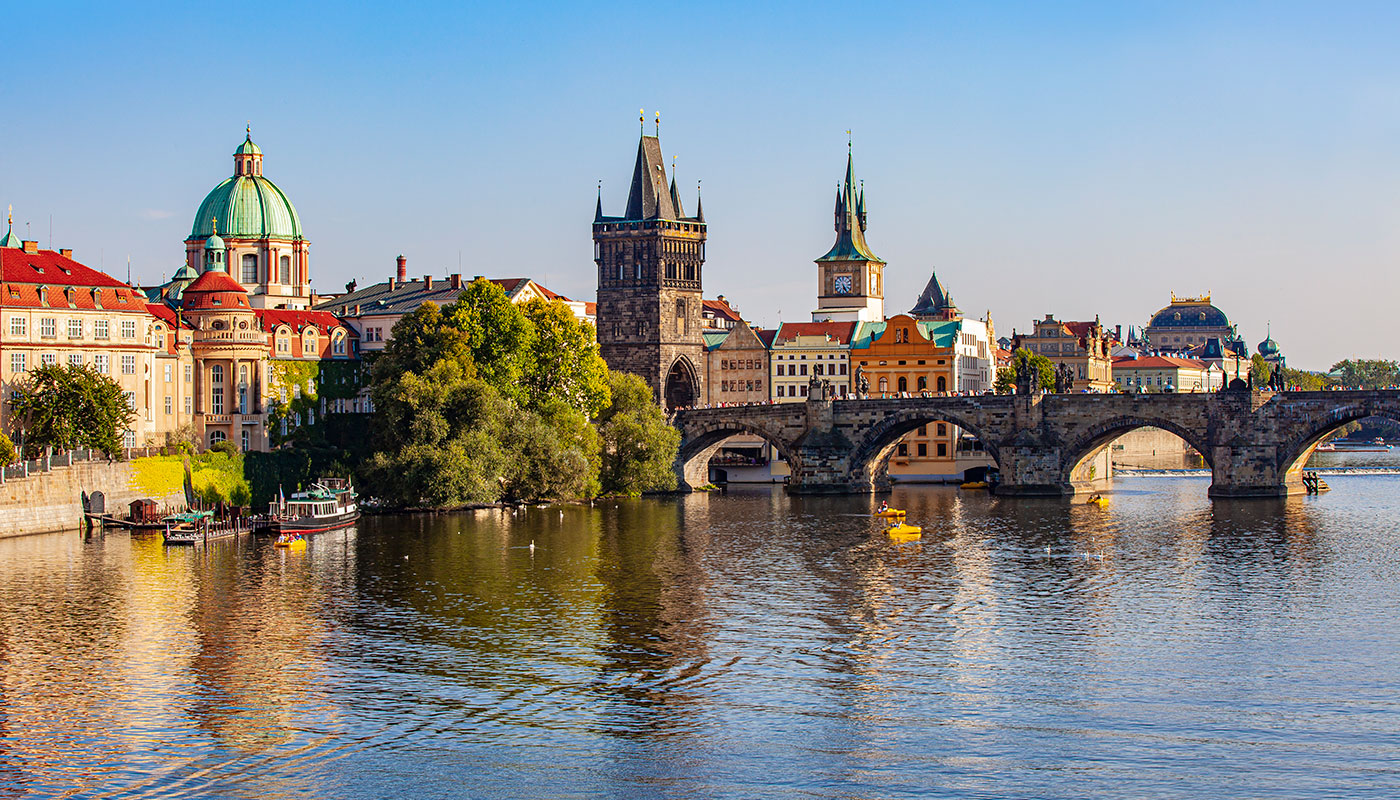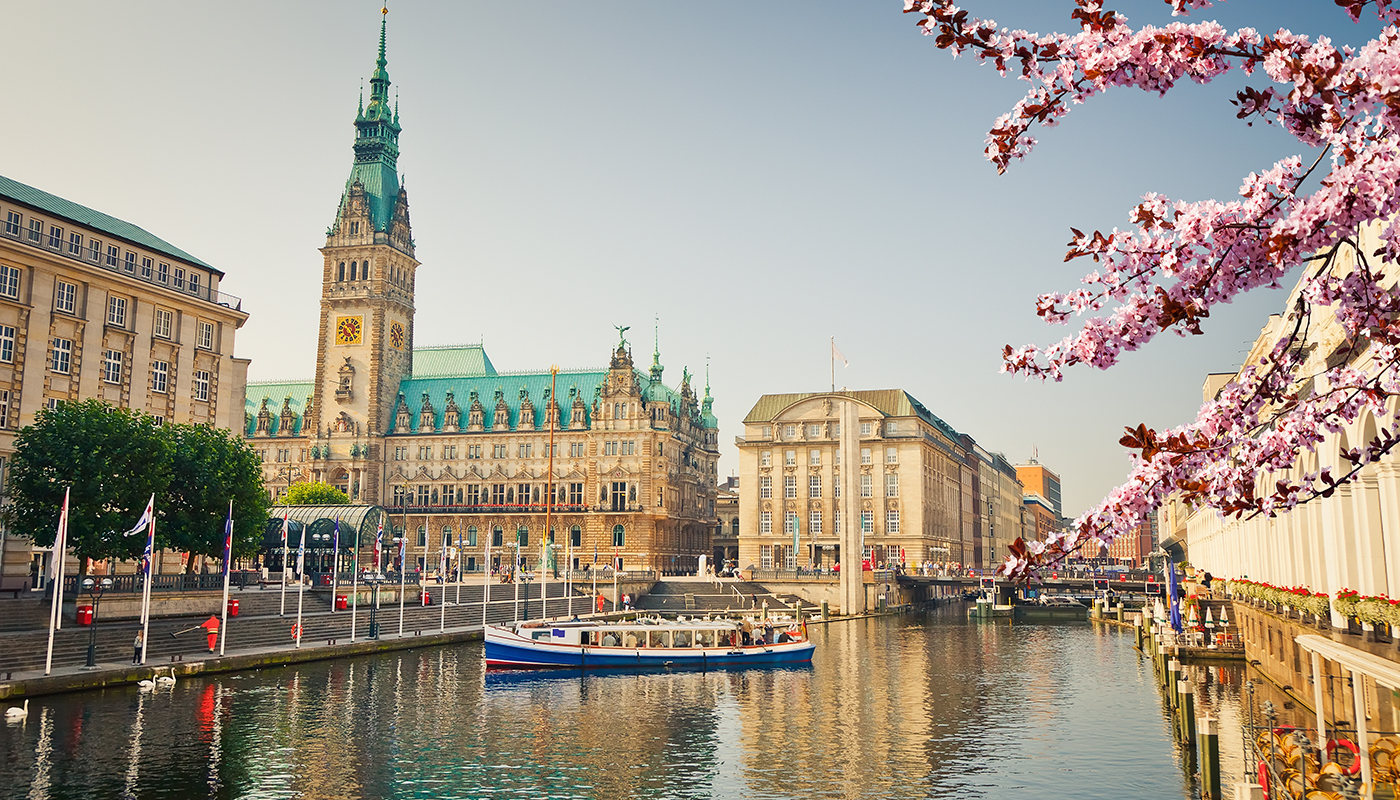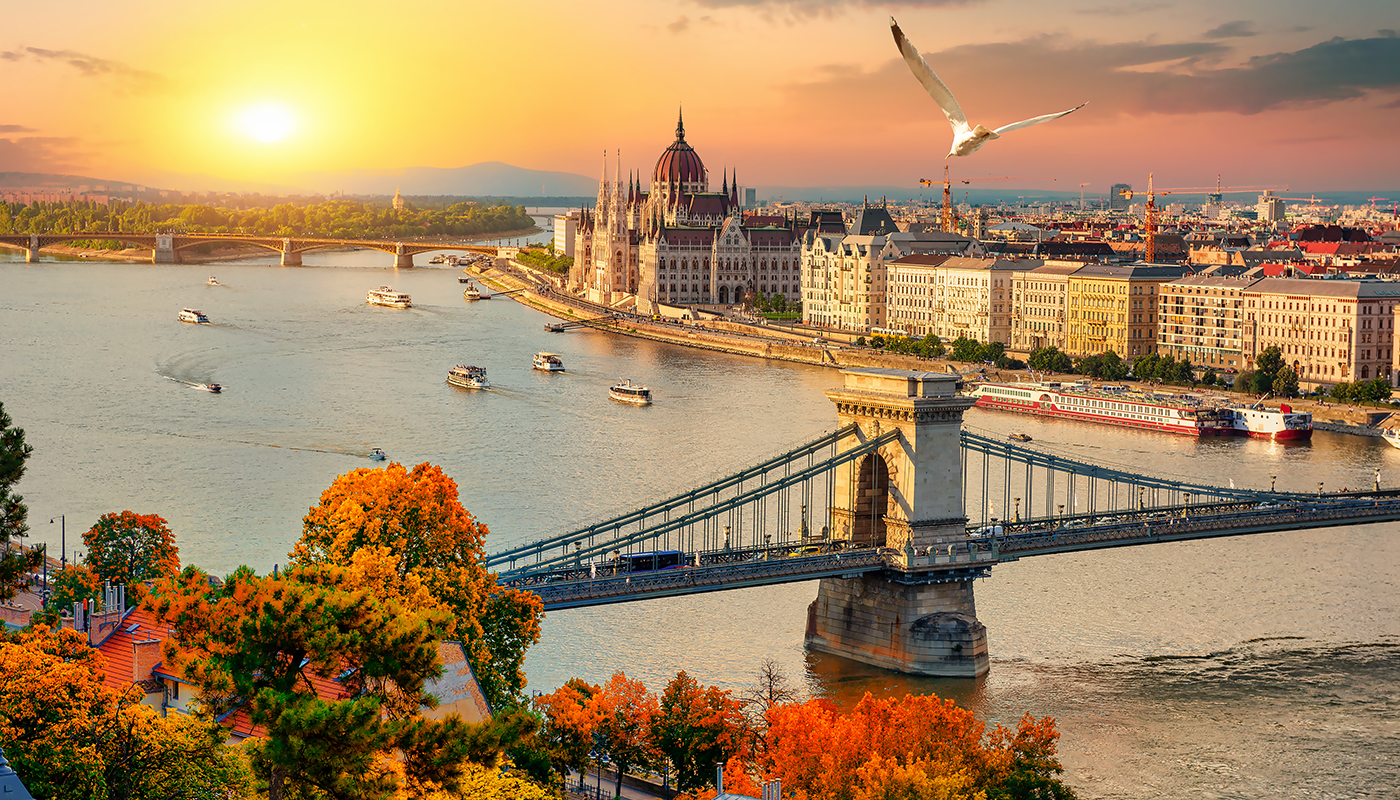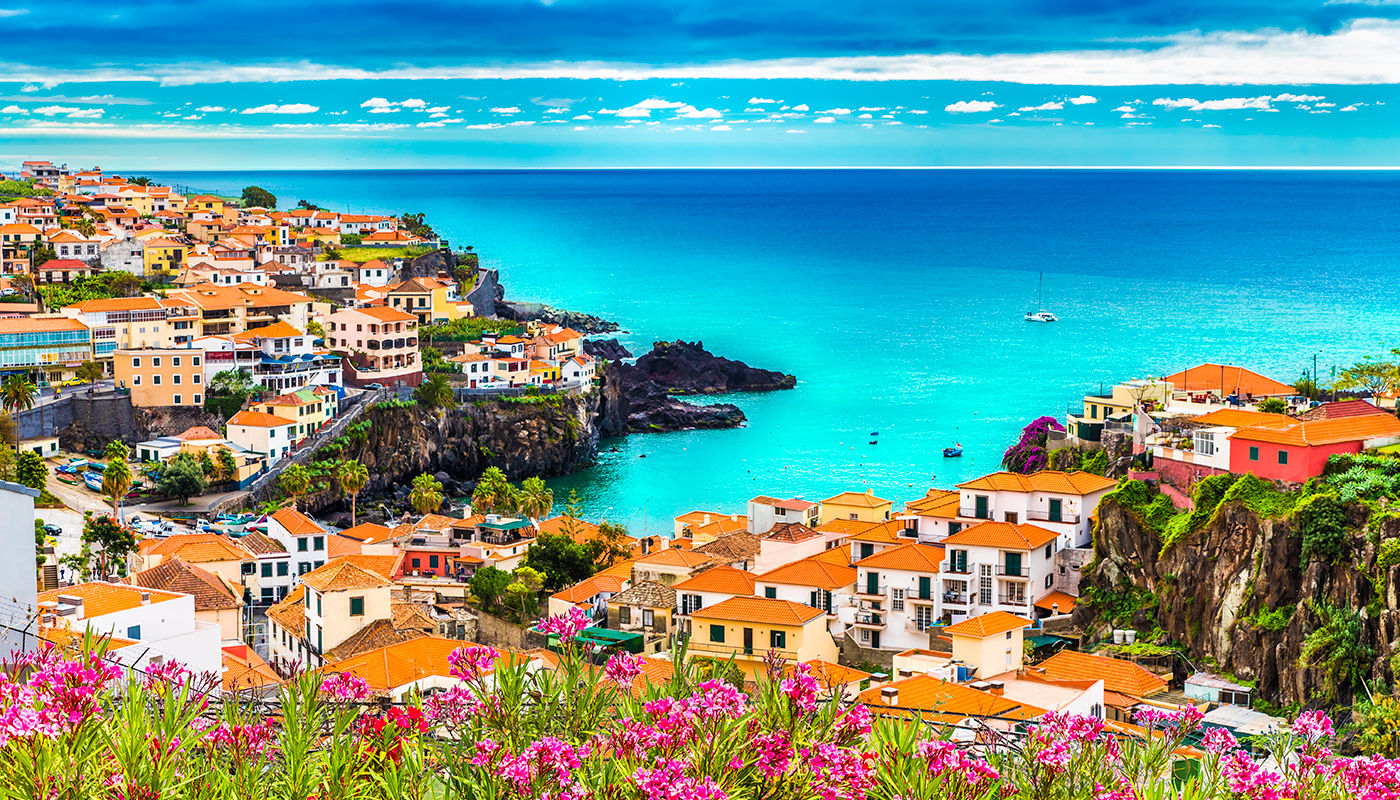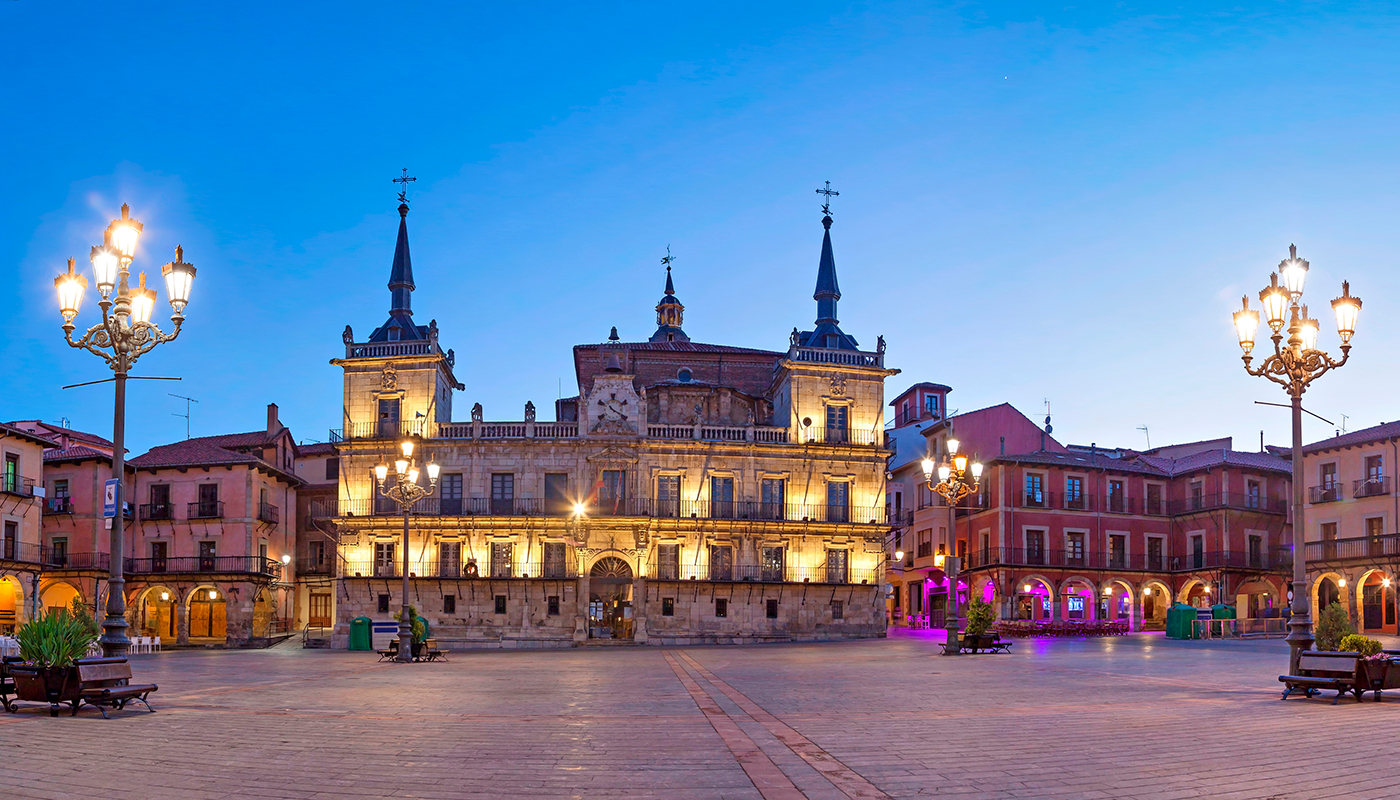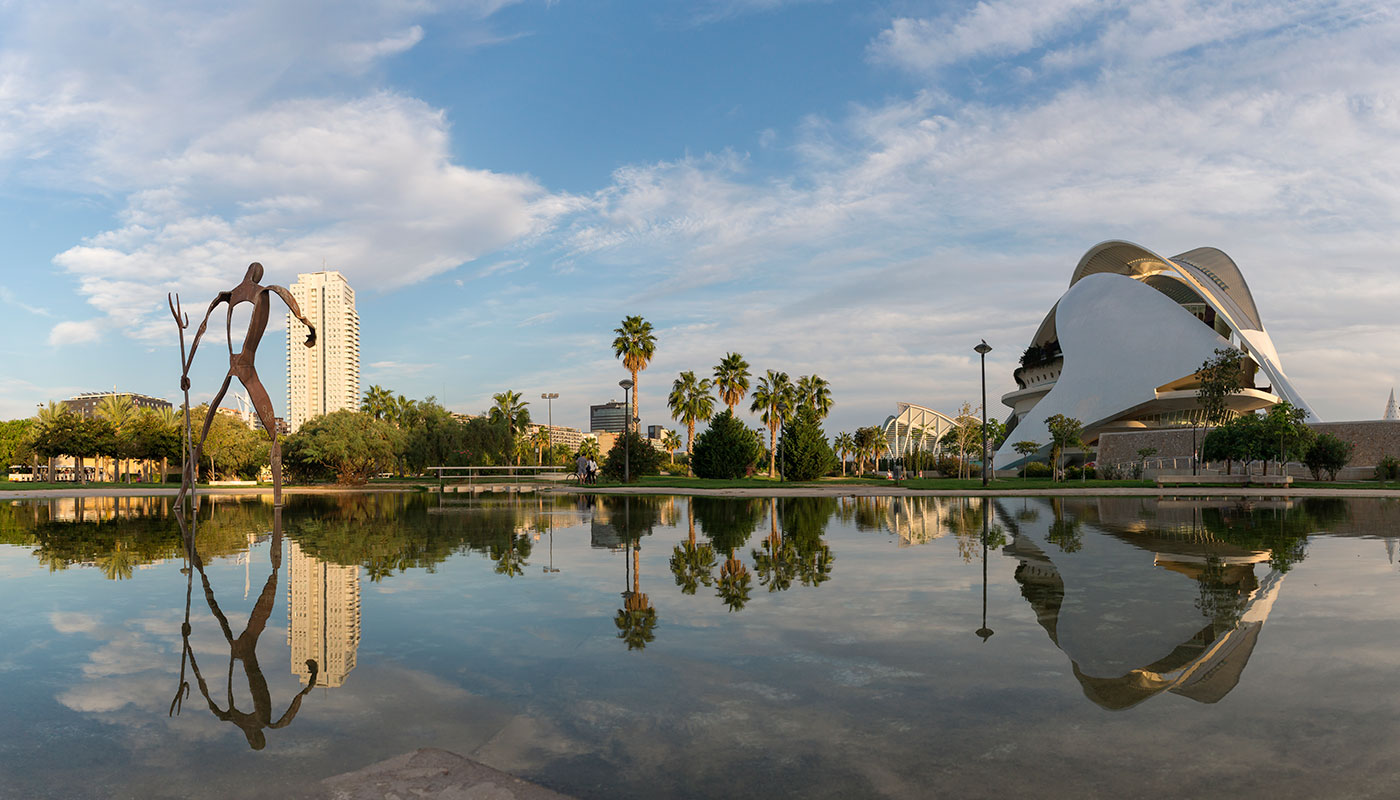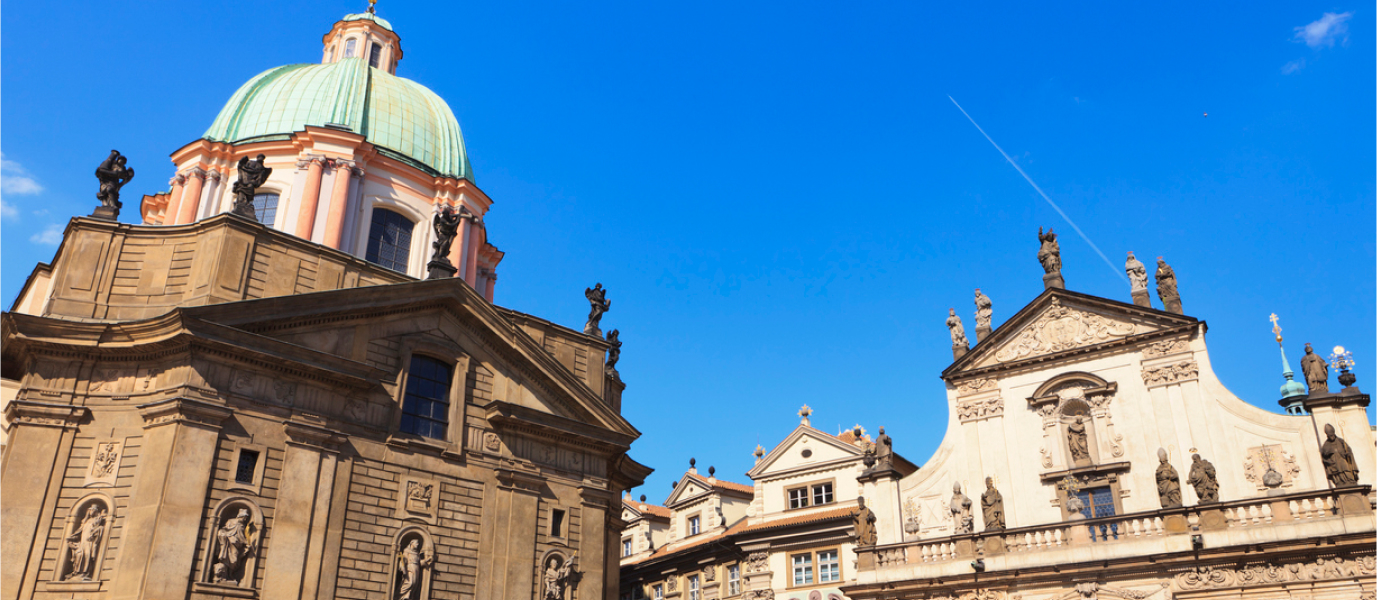If we cross the Charles Bridge from the Malá Strana district over to Staré Město, we will soon come to the Clementinum (Klementinum, in Czech), an immense, historic building which has housed the Czech Republic’s National Library since 1782. In fact, this edifice (which covers an area of 20,000 m2, and has five inner courtyards and three churches) can claim to be the city’s second largest architectural complex after Prague Castle—as well as one of the finest examples of Baroque architecture in Prague. Originally inhabited by the Jesuits in the sixteenth century when it was only a small chapel, it was later extended and became part of Prague’s Charles University; so the Clementinum has a long history steeped in intellectual study, science and culture.
Currently open to the public for guided tours, the interior of the Clementinum reveals fascinating corners such as the Mirror Chapel, the Meridian Hall, and the Baroque Library Hall—and in addition affords incomparable views of the city of Prague from the top of its ancient Astronomical Tower. As if that was not enough, it is also possible to attend one of the many chamber music concerts held here every year. Or, if you’re looking for something more intimate (not to say romantic), you need to be aware that the Clementinum also offers evening tours around the complex, exclusively for couples, with a bottle of champagne thrown in.
Prague’s Clementinum. Learn about its origins
The origins of the Clementinum can be traced back to around the eleventh century, to the humble Church of St Clement—from which it takes its name. This little church with its early Gothic style was occupied by the Dominican Order in 1227, and then sold to the Jesuits in 1556. After that, it underwent successive extensions and remodellings. In addition to adopting the Baroque style, these eventually made it one of the largest Jesuit colleges in the world. Five courtyards, three churches, two towers, a school, a library, a theatre and observatory, and even a printing press were eventually added to the complex. Such was its growth that in 1622, the Jesuits also went on to take control of the ancient Charles University, the historical rival of the Jesuit institution in Prague.

This rise in the power of the Jesuits came to an end in 1773, when they were expelled from the country by decree of Pope Clement XIV. Thus, ownership of the complex passed to the State, and it was given the status of Imperial-Royal, Public and University Library, the first legal deposit library in Central Europe. The collection of books grew over time, as a result of laws that compelled printing presses throughout Bohemia to submit certain copies of what was produced, and culminated in 1918 with the newly-created state of Czechoslovakia changing the building’s name to the National Library (Národní knihovna, in Czech).
Currently, the library’s collection comprises over 6 million books, with the number of copies increasing by almost 70,000 per year. In addition, since Prague was named as European Capital of Culture in the year 2000, the Clementinum’s premises have been refurbished and opened to the public on guided tours.
Prague Library, the Astronomical Tower and other attractions
Given its location so close to the River Vltava, in the very same entrance to Prague Old Town, a visit to the Clementinum is not only convenient, but almost obligatory. Considering the vast scale of this monumental complex, it should come as a surprise to no-one that there are three great entrances: one from Mariánské náměstí Street, another from Křižovnická Street, and a third from Karlova Street.
Broadly speaking, the Clementinum offers us three spaces to visit:
- The Mirror Chapel: This is the first hall we come to on our tour of the Clementinum. Extravagantly Baroque in its style, the chapel’s walls are embellished with myriad mirrors and paintings, in addition to the organ that Mozart is supposed to have played during his visits to Prague in the eighteenth century. This hall’s connection with Classical music has served to make it the setting par excellence for the concerts regularly put on by the Clementinum, with scores by great musicians such as Vivaldi, Mozart, and Dvořák among others. The downside of this is that visits to this space are suspended if a performance is taking place.
- The library’s Baroque Hall: Apart from the Clementinum’s vast reading room (which is in daily use by Prague’s students), the complex’s great treasure is its Baroque Hall. This is a Baroque-style room, with a generous amount of varied embellishment, which has been conserved intact since the eighteenth century. The ceilings feature a large number of frescoes of Jesuit saints and patrons of the university, rows of world globes and astronomical clocks in the centre, and shelves packed with ancient manuscripts and valuable facsimiles—including the Vyšehrad Codex and the Chronicle of Dalimil. It is no coincidence that the Argentinian writer Jorge Luis Borges decided to use the Library of the Clementinum as the setting for one of his stories. The story tells how one of the librarians found God hidden in an old book.

- The Meridian Hall and the Astronomical Tower: The tour of the Clementinum always finishes on a high note. Literally, the tour of the building ends at the top of the Astronomical Tower, built in the mid-eighteenth century and used by scientists such as Josef Stepling to make the earliest weather forecasts. The Tower’s height (68 metres) and its 360o views enable visitors to glimpse in the distance such iconic sights as Prague Castle (link interno) and the sombre Church of Our Lady before Týn (link interno). Although a lift takes visitors part of the way up, the last 87 steps have to be climbed on foot.

Practical advice for your visit
The Clementinum only admits visitors accompanied by a guide. Tours begin every day at 10:00 AM, and continue every thirty minutes thereafter. Therefore, although there is no need to book in advance (unless you are a group of over 20 people), you do need to register at the counter when you arrive in the entrance.
In addition, the languages normally available are English and Czech, so if you do not understand either of these, you need to contact the Clementinum in advance to try to arrange a special tour in your own language.






